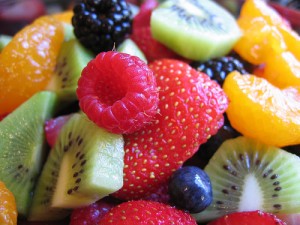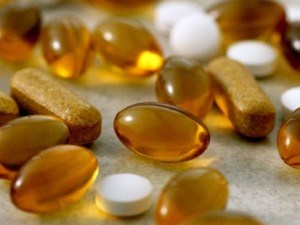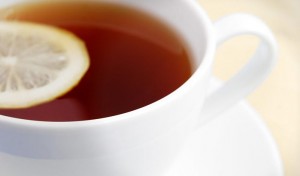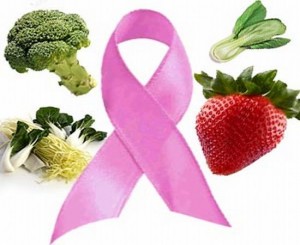 When the chills of winter finally recede (and we start to remember that bathing suit season is just around the corner), the thought of working out becomes more appealing than it’s been for months. Here are some ways to take advantage of longer, warmer days to build fitness habits that will keep you healthier all year long.
When the chills of winter finally recede (and we start to remember that bathing suit season is just around the corner), the thought of working out becomes more appealing than it’s been for months. Here are some ways to take advantage of longer, warmer days to build fitness habits that will keep you healthier all year long.
- Ride your bike. Whether you cycle on a nearby trail or pedal to run errands, biking is a great way to get exercise, spend time outside, and save money on gas. For added enjoyment, recruit a friend or two to ride with you.
- Take a hike. Walking through the woods connects you with all the beauty of spring and lets you get away from the stresses of civilization. Kick the health level up a notch by combining a hike with a hunt for morel mushrooms and other edible spring blossoms (but be sure to double check the identity of everything you pick before eating!)
- Go for a swim. True, it’s not warm enough in most of the country to swim outdoors yet, but warmer temps make indoor pools seem much more appealing than they did during the depths of winter. Bonus: find an indoor pool with diving boards, and you can make it a family event.
- Help your garden grow. Vigorous gardening (such as preparing ground for spring planting) lets you work up a sweat for a bigger purpose. There’s no motivation to get active than thinking about the crop of succulent tomatoes that awaits you in a few months!
- Mow the lawn. Powerless mowers provide the best workout, but even gas-powered push mowers let you work up a sweat while exercising most major muscle groups.
- Hit the net. Call a friend for a game of tennis or set up a net in your backyard for volleyball or badminton. Lawn games are a great addition to springtime barbecues because they offer a non-eating, non-drinking way to interact with others.
- Wash your car. Scrub away the caked pollen and get your heart rate up in the process.
- Play a game of pickup. Basketball, soccer, softball—any game that lets you run around outside without feeling foolish is okay in our book. And don’t feel as if you have to recruit two full teams—one-on-one matchups are possible in almost any sport!
Exercise is one of the easiest and most important ways to maintain your health after breast cancer or to lower your chances of developing cancer and other diseases, so head outside and enjoy the season!














